Most oil fields produce water in addition to oil. The water cannot be sold, and it is expensive to transport it. Therefore, the water is separated from the oil at the oil field. The separation happens because water is heavier than oil. The water drops are, however, small. Therefore, large separation tanks are needed to get enough time, since the drops sink so slowly. Since 1911, oil companies have employed electric fields in oil-water separation. The electric field enhances coalescence of the water drops in oil, which leads to more efficient separation. This is called electrocoalescence.
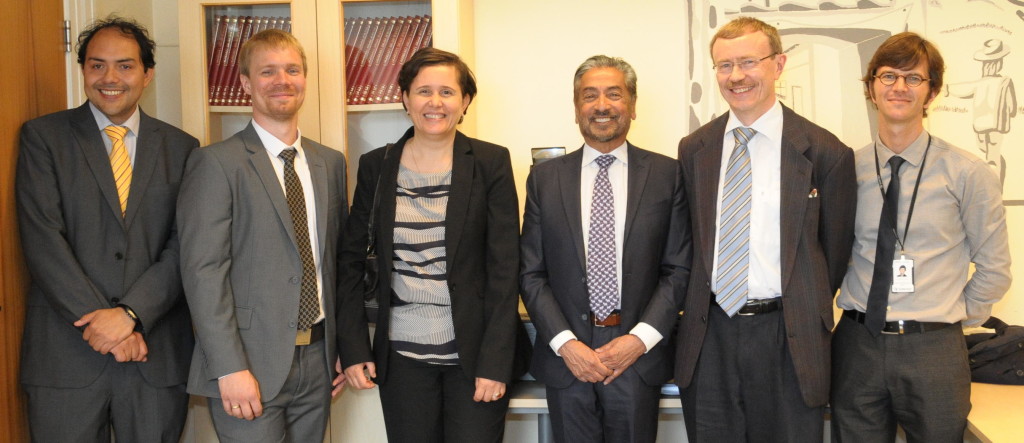
From nanometre to centimetre
The physical mechanisms behind electrocoalescence are still not fully understood. As a consequence, at times it is difficult to control the separation process, and this may have large costs if, for instance, an oil company ships oil with too much water.
The work of Åsmund Ervik is based on the hypothesis that in order to understand electrocoalescence, one needs to understand the dynamic behaviour of each drop being stretched in an electric field. Further, Ervik considers what happens at different scales in order to better understand the complete picture. In Ervik’s case the scale goes from the nanometre to the centimetre level. In crude oil, a plethora of substances are present, including asphaltenes. Yes, it’s the ones who have given their name to asphalt. The asphaltenes prefer finding themselves at the interface between oil and water, and therefore, they influence electrocoalescence. Probably there exist millions of different asphaltene molecules. Ervik studies three molecule models, which is demanding enough, since the model equations neec to be solved by many computers (here: graphics cards, actually) working in parallel. From his molecular simulations, Ervik could extract properties to be fed into a more overall model (but still rather detailed) which can compute the dynamic behaviour of one or a few drops in detail. This enabled Ervik to, among other things, to present a new explanation why surface-covered drops can crumple.
– More than enough
During the PhD defence, Professor Sanjoy Banerjee at the City College of New York said that he accepted the task to be first opponent because of the interesting subject, and he said the candidate has done more than enough to qualify for the PhD degree.
This multiscale approach has many applications, said Associate Professor Lamia Goual at the University of Wyoming.
The main part of the molecular-dynamics work was performed while Ervik stayed with the group of Professor Erich A. Muller at the Department of Chemical Engineering at the Imperial College in London.
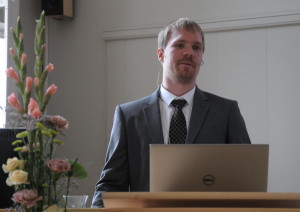
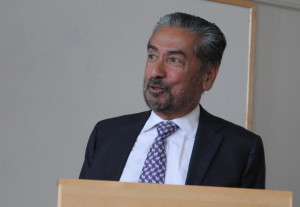
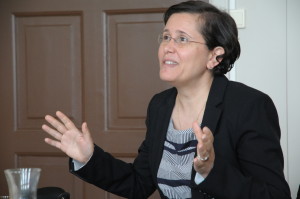
The doctoral work has been an integrated part of the competence-building project “Fundamental understanding of electrocoalescence in heavy crude oils”, which is a cooperation between SINTEF Energy Research, the Department of Energy and Process Engineering at NTNU, the Electrical Engineering Lab at CNRS in Grenoble in France, and the industrial partners Petrobras, Statoil and Wärtsilä Oil & Gas Systems. The project is supported by the Petromaks programme of the Research Council of Norway.
Professor Bernhard Müller at NTNU was the candidate’s main supervisor, and I was co-supervisor. Åsmund Ervik is a Research Scientist at the Department of Gas Technology at SINTEF Energy Research.
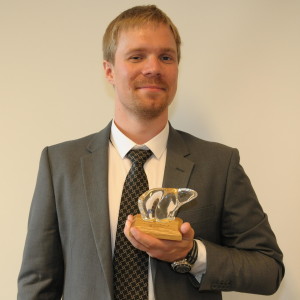

0 comments on “Oil-water separation: From molecules to drop dynamics”